Bolt’s Antique Tool Museum
Oroville, CA
The Most Important Man- Made Product on Earth
Deep in the Sierra Nevada Foothills in the City of Oroville, California resides Bolt’s Antique Tool Museum. Inside this 5,000 square foot museum visitors will find a collection of “The Most Important Man-Made Product on Earth,” which includes over 12,000 ‘hand tools’ dating back to 1821 and going up to World War II. On display are wrenches, blacksmith tools, tune-up related items, antique jacks, service station items, plumbing tools, soldering irons, electric tools, hand grinders, and hundreds of other miscellaneous items. “Our collection tells the story of the ingenuity of man,” says Bud Bolt, the museum’s founder and caretaker. “Without tools man is just another animal.”
Born and raised in Nebraska, Bud “Tool Man” Bolt went to work for the Snap-on Tools company, a leading manufacturer and innovator of tools, in 1952 and thus started what today, 64-years later, is an ongoing fascination with the tools that helped build this country. When the company moved him to a new branch office in Salt Lake City, Utah, Bud was sent out to speak to high school students in their shop class. Rather than just talking at them, Bud engaged these students by showing them examples of tools their father or grandfather might have used to illustrate the benefits of modern technology versus the early iterations designed to meet the emerging needs of a growing country. He started with six tools for his “show & tell” presentations but after speaking at an international tool conference in 1963 on the history of tools, Bud was on a collecting mission. Twenty years later his collection (over 5,000 pieces) was extensive enough for Bud and his wife to set up a home-based museum. In 2006, with the help of the City of Oroville, they moved their personal collection to a building owned and recently renovated by the City to open the Bolt’s Antique Tool Museum. Once word got out, collectors all over the world approached them with items to add to their collection, making it the largest documented tool collection in the world as recognized by the Smithsonian Institute.
The Museum is bursting at the seams with displays, history, cataloging, information, and extremely knowledgeable docents helping to maintain these things that most of us take for granted in our everyday lives. Information and tools are grouped and displayed by categories covering such topics as Transportation, Agriculture, Farm Implements, Medical, and Early Kitchen & Household tools. Special exhibits include a donated collection of 350 International Harvester tools, a Barbed Wire collection with over 230 samples of wire and 50 wiring tools, and 200 Ford tools for model “T,” “A,” and “N” series tractors.
“What we have represented is the evolution of tools and what it took to turn us into this modern, industrialized nation,” says Bud.
Bud shares that his absolute favorites are hand-made blacksmith tools. “Until 1835 it was blacksmiths that made the tools needed to perform work functions.” His second favorite is the monkey wrench. “Nothing affected our lives like the monkey wrench. I am convinced that it’s the most important man-made tool ever designed.”
Although the first wrench ever made was designed to twist the bars out of castle windows during battle, the important role it played in our country’s industrialization cannot be over-stated, says Bud. “We needed these tools to make machines, so it had a massive effect on our ability to build the machines that moved us into the Industrial Era.”
Monkey wrenches first came on the scene in 1835 and by 1920 there were 400 companies making 1100 different varities of monkey wrenches. “We can only find records for seven companies, but combined these seven were making 4 million wrenches a year!”
Bud points to four specific changes that took place in the tool market in the 1930s that rendered obsolete the need for so many different size and function wrenches and other tools: “First, the Government standardized wrench sizes, taking tons of tools off the market; second is the perfection in 1933 of the combination wrench, which negated the need for many of the individual-sized tools being used to meet different specifications; third is the perfection by 1936 of the detachable socket by Snap-on; and fourth is the replacement of the screw-on hubcap to the pressed-on, which also replaced the need for different size tools to just one.”
The museum continues to grow its collection through donations – “collectors from all over the world find us on the Internet” – and new finds on eBay. “It’s hard to know what’s missing or what to wish for because little documentation on tools exists,” Bud shares.
While the museum may not contain every tool known to man – yet – as one visitor commented, “A pat on the back for a job well done for recognizing the importance of the Bolt’s Museum to not only educate future generations but also honor the hard work and dedication of prior generations.”
For more information on Bolt’s Antique Tool Museum, go to
www.boltsantiquetools.com.
Photos courtesy Bolt’s Antique Tool Museum.
Museum Highlights: September 2016


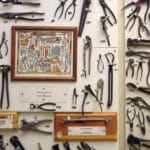
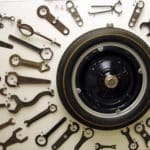
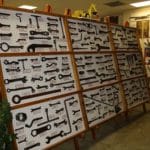
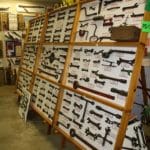

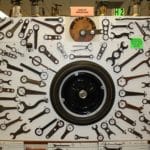

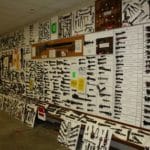
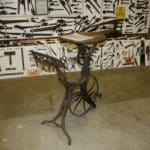
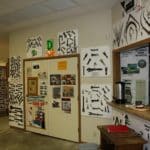
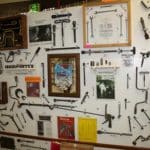
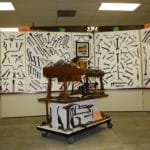
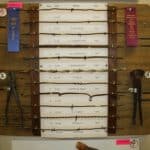
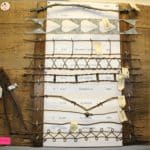
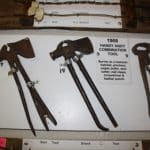
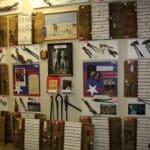

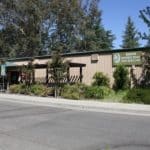



Related posts: